
A commercial lease is a document that sets out the rights and obligations of an owner of commercial property (the landlord or lessor) and a third party that has agreed to occupy the property (the tenant or lessee).

Depending on the circumstances, commercial leases come in different forms including:
- Retail leases;
- Commercial leases;
- Licences; and
- Subleases.
Retail Leases
Retail leases are used wholly or predominantly for retail shop business. Typically, this is the case whether or not the shop is within a shopping centre. In Australia, the legislation which governs retail leases differs from state to state. A distinguishing feature of a retail and commercial lease is that the retail legislation imposes obligations on the landlord and provides rights and protections to tenants who lease retail premises. It is important to determine whether the relevant retail legislation in your state or territory applies to the premises early. This will impact:
- the requirements you must fulfil before entering the lease;
- the contents of the lease; or
- what will occur after entering the lease.
Commercial Leases
A commercial lease is for a commercial space, such as a factory or office space. Concerning rent, you can prepare commercial leases on many bases. For example, you could calculate rent on:
- base rent with no outgoings (otherwise known as a gross lease);
- base rent plus outgoings;
- base rent plus a percentage of sales (referred to as turnover rent); or
- rent review as market review, a fixed percentage or based on CPI measure.
Licences
A licence is, at law, a right of use. This differs from a lease that provides a legal right of registration. A licence of premises is usually best for short-term leasing periods. Given the short-term length of the licence agreement, it is less common for the licence to include provisions for the amount of rent to be adjusted, requiring the tenant to pay outgoings in addition to rent or for the tenant to undertake any repairs or maintenance. However, given the short-term nature, licences also only sometimes include an option to renew the term. As such, it is more suitable for businesses that would like to operate only for a short period. However, suppose you consider operating the premises for a longer period of time. In that case, it may be in your interest to enter into a short-term lease instead, with options to renew. For instance, consider a one-year lease. Another distinguishing feature of a licence is that the occupants are not usually given ‘exclusive possession’. This will vary from licence to licence but often means that the licensor of the premises has greater rights to enter into the premises at any time.
Subleases
A sub-lease is an agreement between the tenant and a third party (the sub-lessee) to assume the tenants obligations under the lease with the landlord. Further, it is documented as a new agreement between the tenant and third party where the third party becomes a sub-tenant under a sublease agreement. Moreover, this may or may not be on the same terms as the lease between the landlord and tenant. Typically, a lessor must consent to a sublease before it can be entered into. Additionally, a tenant cannot enter a lease via a sublease unless the lease permits it and the landlord consents. Provisions under a lease that allow for sublease with the landlord’s consent are attractive to a tenant as they allow the tenant to have a level of flexibility to grant occupation rights to another party (for the whole or a portion of the property). Therefore, the tenant can downsize its operations before the expiry of the lease term. However, it is essential to note that entering into a sublease does not always mean that the tenant has no future obligations to the landlord. Hence, you should always seek legal advice when entering into such an arrangement.
As a landlord or tenant, it is vital to understand commercial leases before getting into them. Please contact one of our experienced leasing lawyers if you require a commercial lease reviewed or if you need help in drafting a commercial lease.
Need help?
Recent articles


Animal Cruelty
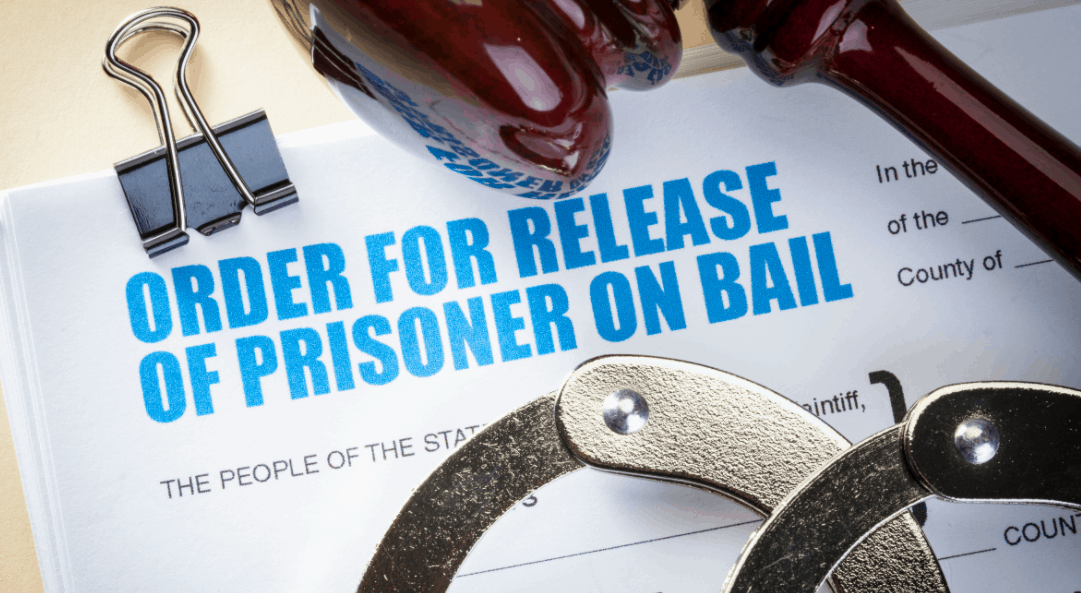
Bail Applications

What to do when the police arrest you?

Traffic Offences – Drink Driving

End of COVID-19 Rental Moratorium

Statutory Demand
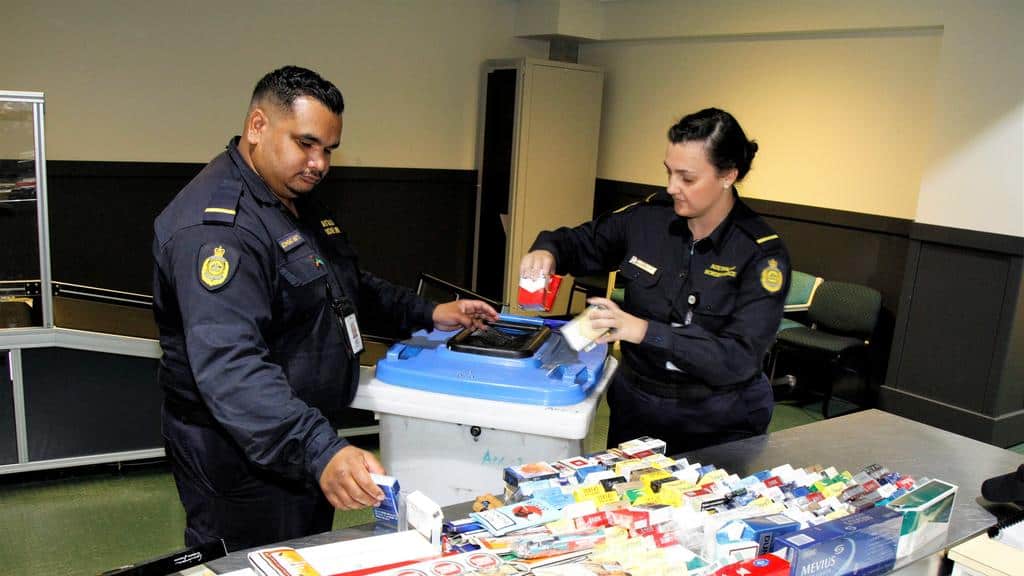
Tobacco Smuggling

Property Laundering and Dealing with Proceeds of Crime

Common Assault
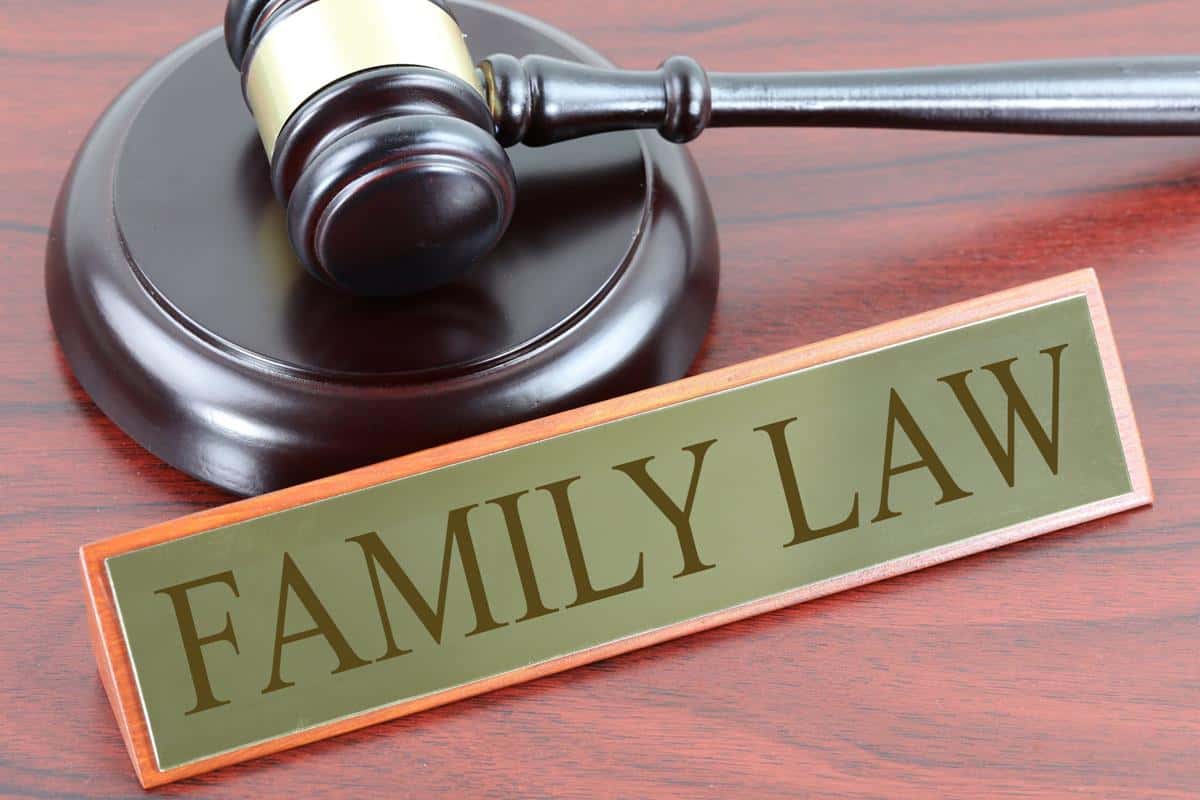
Family Law – Loans and Property

DEBT AFTER DEATH

Property Settlement After A Separation or Divorce

Family Violence Restraining Order (FVRO)

How to recover a debt that is more than $10,000?

WA Commercial Tenancies Code of Conduct

Debt Collection (1) – How to collect your debt?

COVID-19 pandemic and its impact on Corporations Law

COVID-19 Pandemic’s impact on Commercial Landlords and Tenants
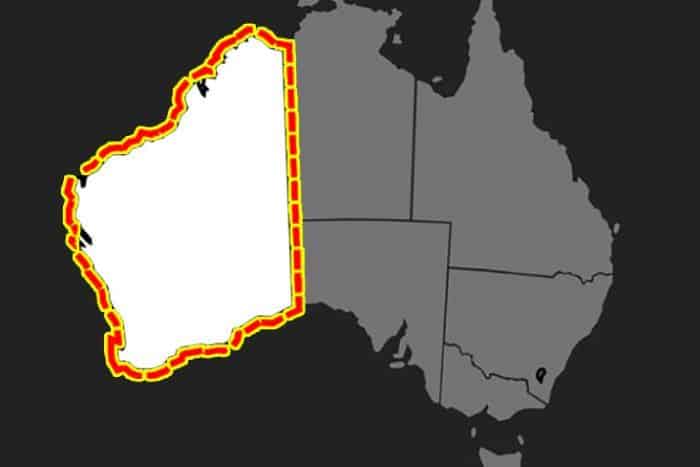
Western Australia Border Lockdown

Covid-19 (Coronavirus) and its impact on Businesses and Tenants

THREE WORKERS’ COMPENSATION CLAIM OUTCOMES THAT YOU NEED TO KNOW
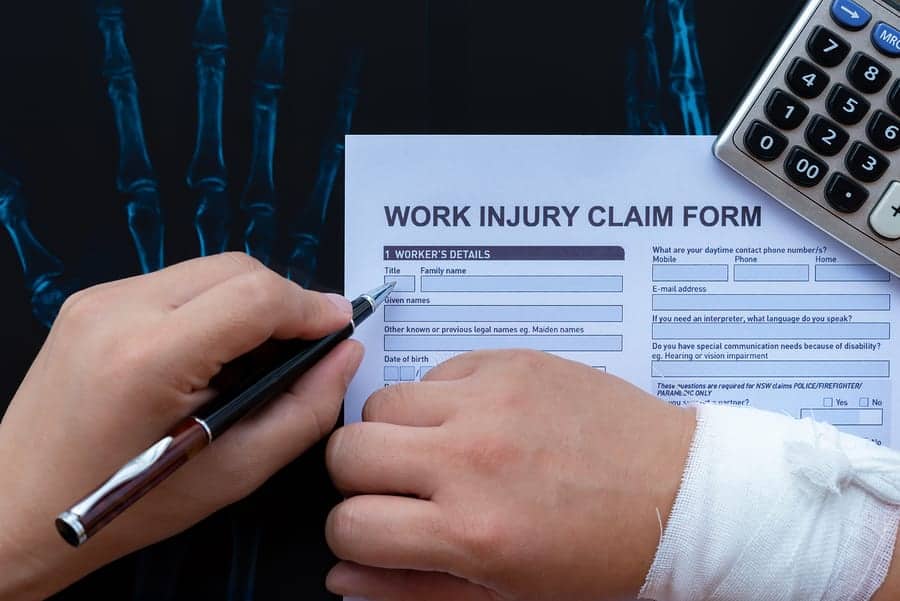
Understanding Your Workers’ Compensation Claims Process

All You Need to Know About Workers’ Death Compensation

5 Step Guide to Workers’ Compensation
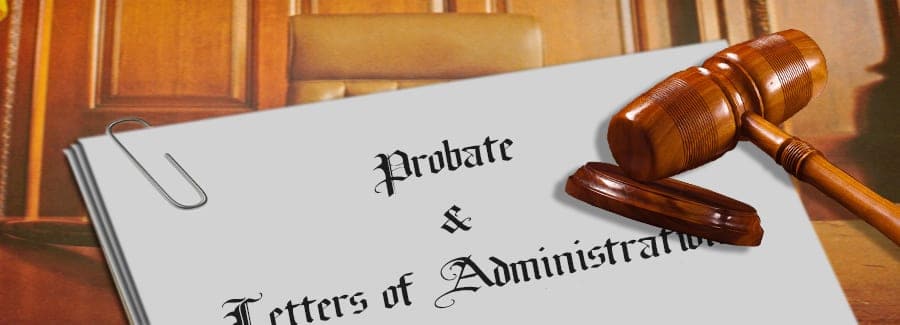
Probate and Letters of Administration

Parenting or Children’s Issues

Separation, Divorce, and Children’s Wishes

Did You Know That You Can be Fined for Eating While Driving?

Workers’ Compensation

Buying a Business – Lease Documentation Review and Settlement

Buying a Business – Contract Review and Business Evaluation

What is Domestic & Family Violence (3)
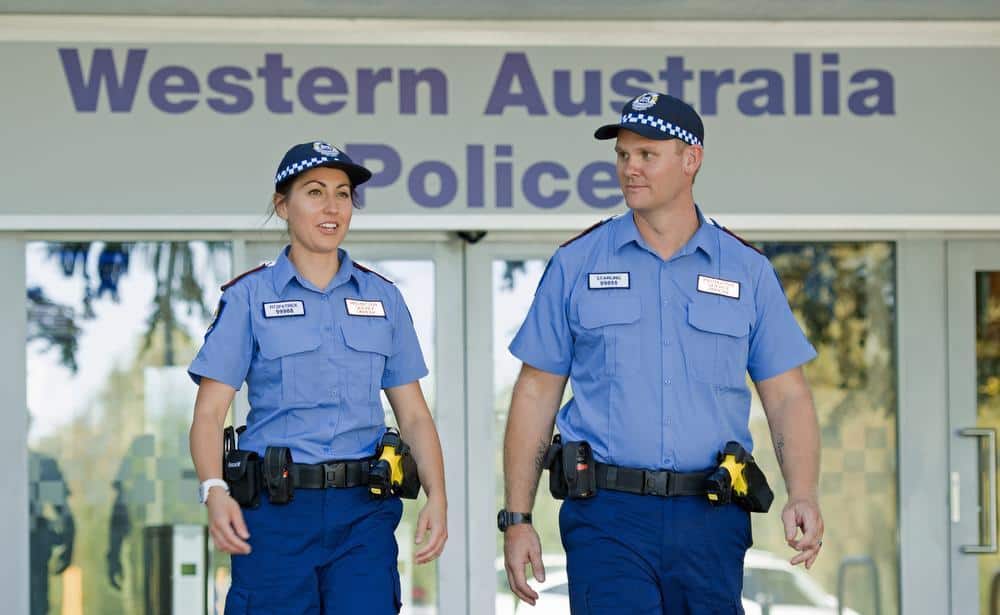
What is Domestic & Family Violence (2)

What is Domestic & Family Violence? (1)

Separation, Divorce, and the Division of Property

SEPARATION CHECKLIST: TOP 12 PRACTICAL THINGS TO CONSIDER

Loans to Children

